7 Important Facts About Pulmonary Fibrosis
Written by |
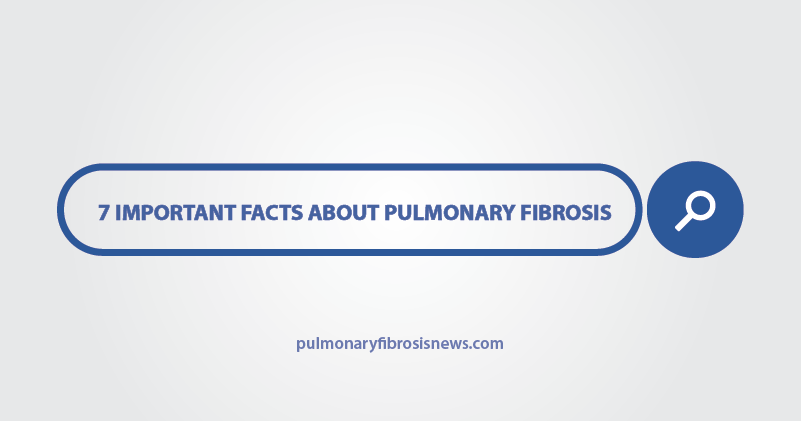
If you or a friend or loved one has recently been diagnosed with pulmonary fibrosis (PF), you probably have a lot of questions. Very little is known about this chronic lung condition, despite the fact that approximately five million people suffer from it worldwide. We’ve put together a list of important facts about pulmonary fibrosis using information from the Pulmonary Fibrosis Foundation and gbhealthwatch.com.

Pulmonary fibrosis is a scarring of the lungs.
Pulmonary fibrosis is scarring on the walls of the air sacs within the lungs. As this scarring builds up, it becomes more difficult for oxygen to reach the blood and leads to respiratory failure.
Find out about personalized care for idiopathic pulmonary fibrosis.
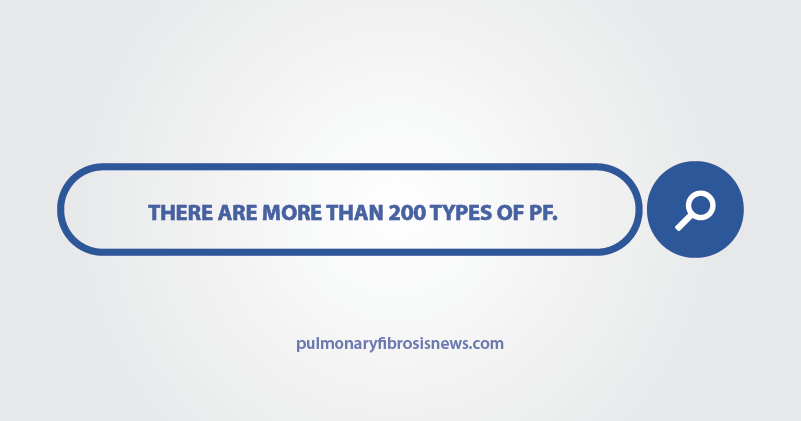
There are more than 200 types of PF.
Pulmonary fibrosis is a term which covers approximately 200 different types of lung diseases that all act and look alike. Pulmonary fibrosis can often be the result of another health condition such as scleroderma or due to long-term exposure to lung irritants such as chemicals, inorganic dust or cigarette smoke. If there is no known cause for the disease, it’s called idiopathic pulmonary fibrosis (IPF).
Here are nine steps to help manage idiopathic pulmonary fibrosis.
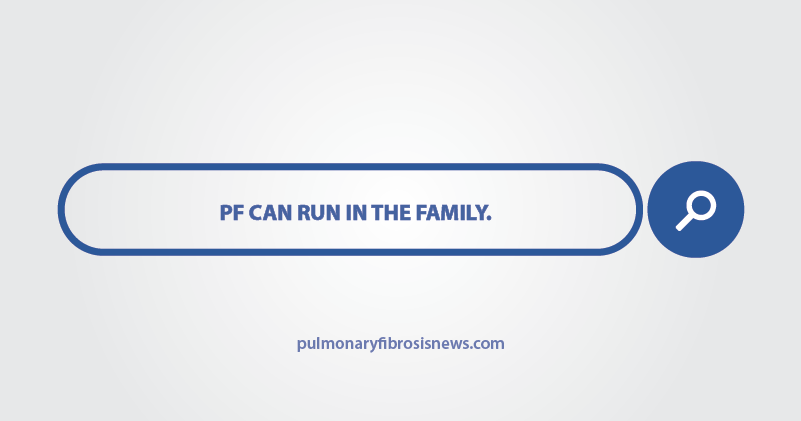
PF can run in the family.
Approximately 10 to 15 percent of idiopathic pulmonary fibrosis cases are where there is a family history of the disease, suggesting that some patients have a genetic predisposition to the condition. Research has uncovered a number of genes which may be responsible for pulmonary fibrosis, but more studies are needed to understand how they are involved.
Learn about eight different ongoing research projects into pulmonary fibrosis.
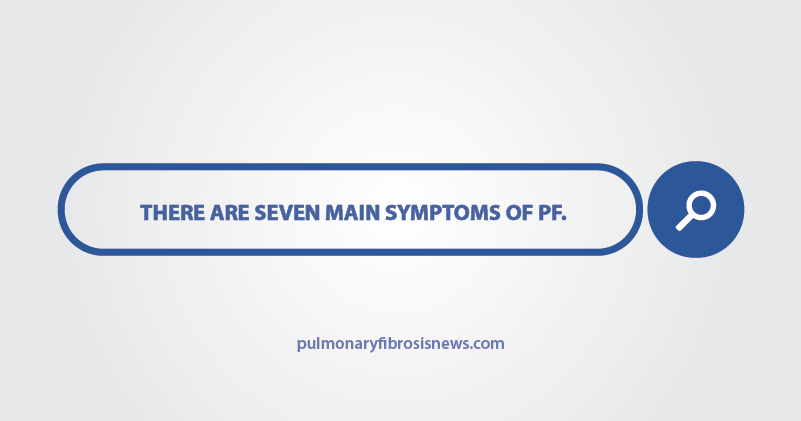
There are seven main symptoms of PF.
The main symptoms of pulmonary fibrosis are shortness of breath which worsens over time, extreme fatigue, persistent cough, chest pain, lack of appetite and weight loss and in some cases, clubbing of the fingers and toes due to a lack of oxygen in the bloodstream.
This simple animated film explains the symptoms of pulmonary fibrosis.
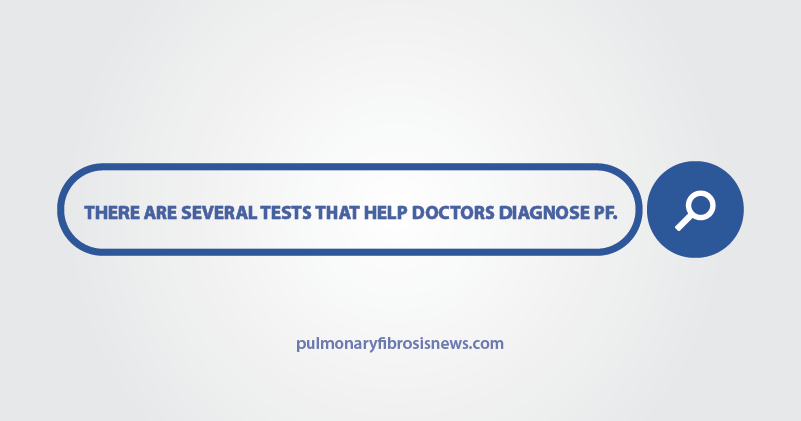
There are several tests that help doctors diagnose PF.
To diagnose pulmonary fibrosis, the patient will need to undergo a series of tests including blood work, CAT scans, lung function tests, physical examinations, bronchoscopies, and biopsies. They will also be asked about their medical history. It is important to establish the type of pulmonary fibrosis a patient has so that they can be treated properly.
Read about six tools needed to diagnose idiopathic pulmonary fibrosis.
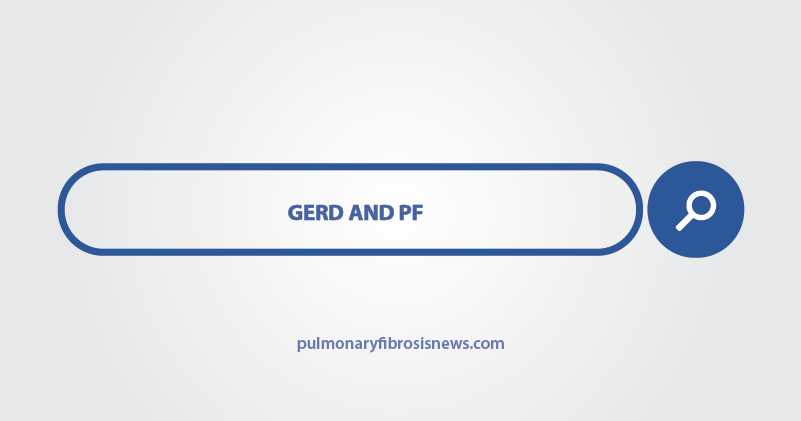
GERD and PF
Approximately 90 percent of patients with pulmonary fibrosis also suffer from gastroesophageal reflux disease (GERD), where stomach acid can come back up the esophagus, burning the throat and causing heartburn.
Find out about the challenges doctors face in treating patients with pulmonary fibrosis.

Treating PF
There is no cure for pulmonary fibrosis and although each patient is different, the life expectancy following diagnosis is usually three to five years. However, there are ways that PF can be treated to minimize the symptoms and increase the quality of life for the patient through medication, pulmonary rehabilitation, and oxygen therapy.
Find out more about pulmonary rehabilitation from a patient’s point of view.
Pulmonary Fibrosis News is strictly a news and information website about the disease. It does not provide medical advice, diagnosis or treatment. This content is not intended to be a substitute for professional medical advice, diagnosis, or treatment. Always seek the advice of your physician or another qualified health provider with any questions you may have regarding a medical condition. Never disregard professional medical advice or delay in seeking it because of something you have read on this website.






